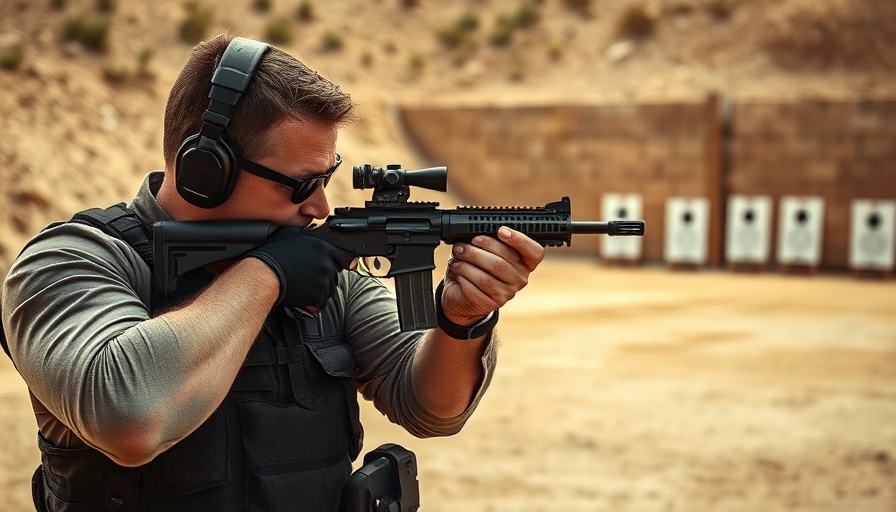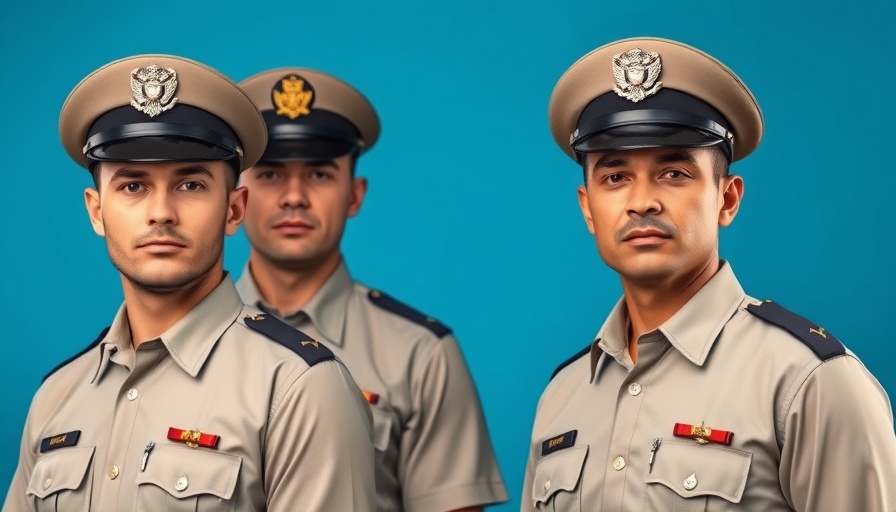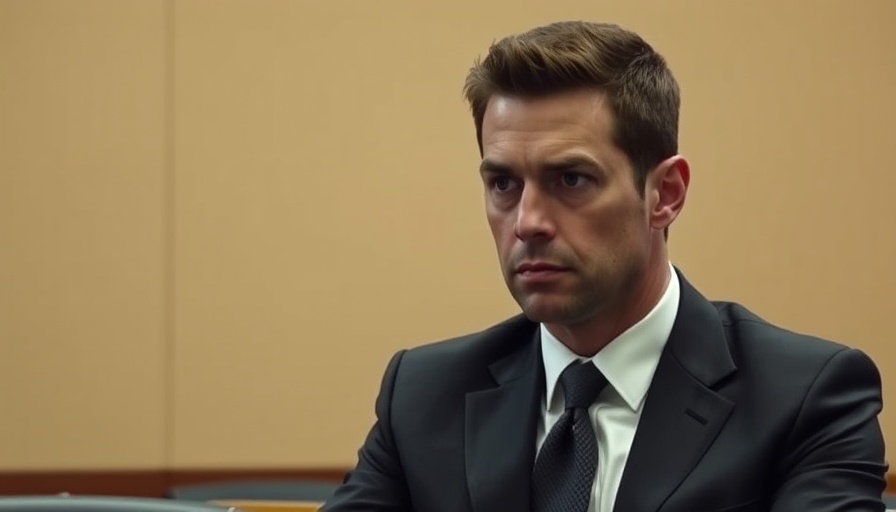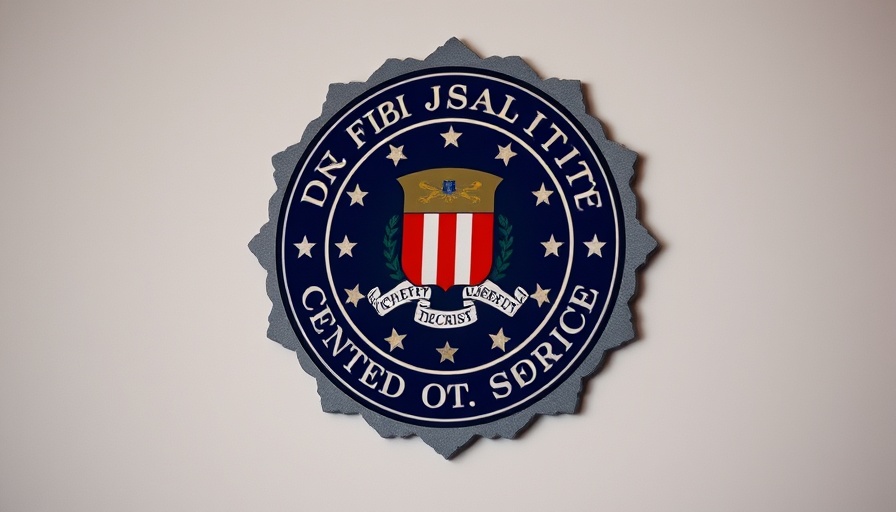
The Challenges of Training at Public Ranges
Public ranges, where firearm enthusiasts gather to hone their skills, often present unique challenges for both seasoned professionals and casual shooters. Many of these ranges implement strict safety protocols and operational rules to protect users and ensure compliance with firearm regulations. This is particularly relevant for law enforcement agencies seeking to conduct training that mirrors real-world scenarios. While some may find the restrictions problematic, they can also serve as a catalyst for creative training adaptations.
Understanding the Limitations: A Necessity for Innovation
One of the major barriers faced by law enforcement during training at public ranges is the prohibition of dynamic movements such as shooting on the move or rapid fire. These rules, although frustrating, encourage personnel to think outside the box and develop drills that adhere to safety requirements while still promoting skill enhancement. For instance, the signal to begin a drill can mimic high-stress moments similar to those experienced during operations, allowing officers to practice under pressure while remaining compliant with range safety standards.
Diverse Drill Options: Engaging the Officer's Mind and Muscle
When traditional training techniques are limited, innovative drills like the 10×10 Transition Drill can maximize training efficiency. This drill requires the shooter to engage two targets, transitioning smoothly between them to build speed and accuracy. It reinforces hand-eye coordination while providing an adrenaline rush akin to actual duty scenarios. Additionally, the "Confusion" drill pushes cognitive flexibility by requiring participants to remember and execute transitional engagements among multiple targets, raising the stakes and mirroring the unpredictable nature of real-life incidents.
Maximizing Public Ranges: Training Adaptability to the Fore
Each public range presents its own set of rules that must be navigated. Hence, successful adaptation is crucial. By utilizing resources such as the book *101 Drills for Handguns (and Rifles and Shotguns)* by Michael Boyle, departments can cultivate a robust training regimentation that adheres to the rules of various facilities while pushing the boundaries of officer capabilities. This adaptability is essential, particularly as public safety technology evolves and legislative reforms reshape policing strategies.
The Future of Training: Bridging Tradition and Innovation
As public awareness of policing practices continues to evolve, so must the methodologies used to train law enforcement officers. Innovative drills that foster community trust, enhance police culture, and build accountability are more important than ever. Integrating modern policing technologies, such as body cameras and real-time crime analytics, should play a pivotal role in bridging these traditional training approaches with emerging trends. Training should not only focus on skill but also on transparency and engagement with the communities officers serve.
Conclusion: Embracing Creativity in the Face of Restrictions
For police departments, navigating public ranges may be filled with obstacles, but it also opens up opportunities to innovate training methodologies. By embracing creativity and adaptability, law enforcement can cultivate a generation of officers who are not only prepared for the challenges they will face but also equipped to foster community trust and accountability. Emphasizing the need for ongoing training and reform will allow these forces to transform community engagement and improve public safety.
In light of these insights, it's vital for officers and training coordinators to continually seek out innovative practices and program enhancements. Engaging with the community to promote awareness about their training practices also contributes towards building a platform of trust, crucial for modern policing efforts. Encouraging dialogue surrounding training techniques and community expectations can pave the way for a more transparent and effective police force.
 Add Row
Add Row  Add
Add 

 Add Element
Add Element 




Write A Comment